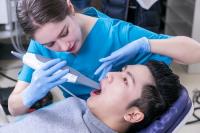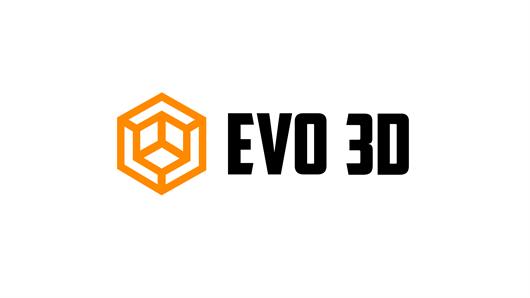 Add My Company
Add My Company
Sign In

The already close relationship between dentistry and orthodontics and AM will be strengthened by some of the consequences of the COVID-19 outbreak.
How Dentists Can Go Back to Work After COVID-19
The NHS and Chief Dental Offices of the UK – and governing bodies around the world – are recommending that dentists go back to work after COVID-19, albeit in a very new environment.
This paper outlines how additive manufacturing (AM) solutions such as 3D printing can support dentists to go back to work in such a new environment.
Going Back to Work: A Prompt to Prepare
In a statement released in May with A Prompt to Prepare – the document detailing new ways of working for UK-based dentists after COVID-19 – Sara Hurley, England’s Chief Dental Officer, said:
“The immediate focus is on increasing access for patients and supporting practices as they manage the on-going risks in delivering dental care, notably aerosol generating procedures.”
A Prompt to Prepare explains ways of minimising contact – and the risk of infection that contact brings – between patients, staff and external labs.
It is clear on the impact these changes could have: "When practices reopen there will be new ways of working, which will mean changes for patients accessing care."
AM solutions can help practice managers to make these necessary changes while at the same time promoting the best possible care for patients.
Additive Manufacturing and Dentistry
Writing in the British Journal of Dentistry in 2015, Alaa Dawood celebrated innovations that AM was already bringing to dentistry:
"The congruence of scanning, visualization, CAD, milling and 3D-printing technologies, along with the profession’s innate curiosity and creativity, makes this an exceptionally exciting time to be in dentistry."
Now, AM methods are used to produce fully tailored crowns, arch models and even dentures – often inside the dental clinic itself with desktop-sized 3D printers.
Technologies like specialist computer assisted design (CAD) software and contact-free scanners join up with printers and to produce faster turnaround times, at less cost, with better fits, and an overall more satisfying experience for patients.
These benefits will only increase as AM – a quickly growing industry – brings new innovations to dentistry.
Dawood predicts that, "with advances in 3D imaging and modelling technologies such as cone beam computed tomography and intraoral scanning, and with the relatively long history of the use of CAD CAM technologies in dentistry, [AM] will become of increasing importance".
For more information on How Dentists Can Go Back to Work After COVID-19 talk to Evo3D
Enquire Now
More Case Studies / Blogs
List your company on FindTheNeedle.
